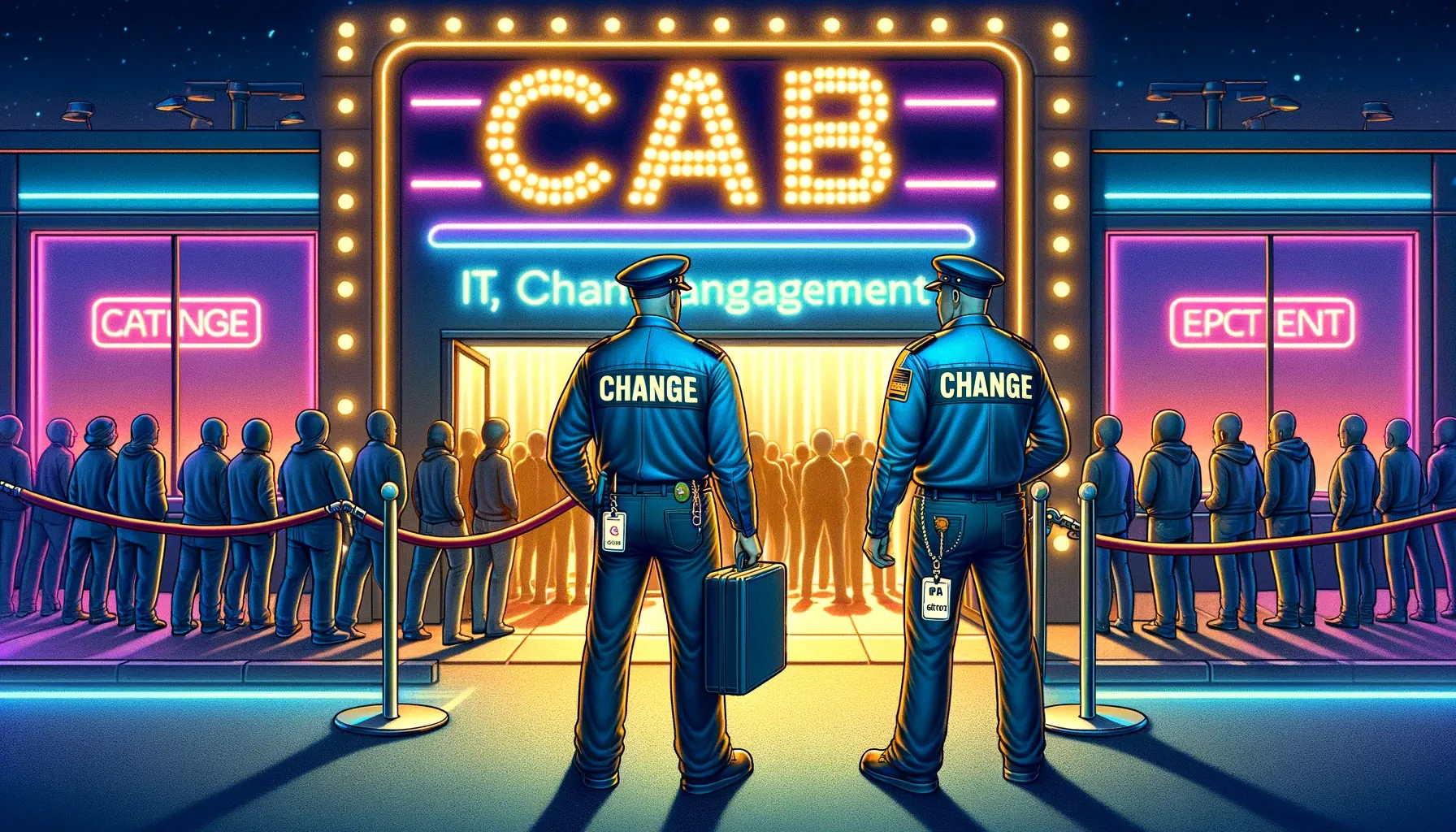Embracing Change Management in ITIL: A Humorous Guide
"Dive into the quirky world of ITIL Change Management, where humour meets order. From "Change Police" to rogue IT rebels, learn how structured processes can coexist with workplace antics, ensuring smooth transitions without stifling the fun. Embrace change, embrace success."
Introduction to Change Management: Navigating the Necessary Evil
Change management in ITIL might be jokingly referred to as the root of all workplace evils, but let's face it, without it, organizational chaos would reign supreme. Picture a world where boundaries don't exist—you could turn your wild, albeit questionable, dreams into reality. Ever fancied parachuting into work or walking out of a store without paying? While these scenarios might thrive in an anarchist society, they'd quickly land you in hot water in our structured world.
The Ancestry of Change Management
Originating from the ITIL (Information Technology Infrastructure Library) framework, developed in the 1980s by the British Government's CCTA, change management has evolved significantly. It's designed to bring order to the chaos of organizational changes, ensuring a smooth transition and minimal disruption. The colourful nicknames for change management teams, like "Change Police" or "Children of the Corn," humorously underscore the love-hate relationship employees often have with this function.
The Rebellion Against Change Management
Despite its intentions for good, the ITIL Framework and its change management processes have been met with resistance. Employees, both old and new, find themselves battling against the tide of procedures and paperwork, leading some to bypass the rules entirely. However, this rogue approach comes with risks, as the ever-vigilant eyes of Change Management (CM) are always watching, ready to enforce the rules.
The Diverse Cast of Change Management
Who finds their way into change management roles? It's a veritable mix of backgrounds, from service desk analysts aspiring to become Change Managers to former librarians and traffic wardens. What binds them together is a staunch belief in ITIL's best practices, which reprogram any risky tendencies into a methodical approach to managing organizational changes.
If You've Done Nothing Wrong, You Have Nothing to Fear
In the world of change management, transparency is your best ally. Logging changes correctly and following protocols means you're in the clear. However, for those preferring to fly under the radar, beware—the network of change spies and monitoring tools is always on the alert, ready to expose unauthorized changes.
Dispelling Myths About Change Management
Contrary to popular belief, Change Management does not despise change. Instead, it aims to manage it effectively to prevent disruptions. While CM professionals might not be the most technically savvy, their role is crucial in questioning and verifying the necessity, impact, and success potential of proposed changes.
The Art of Filling Out a Change Record
The change record is a vital component of the ITIL framework, ensuring all changes are documented and traceable. When filling one out, be clear about the client or service affected, the reason for the change, the risks involved, and the contingency plans in case things go awry. Transparency and thorough testing are key to a smooth change process.
Staying in Change Management's Good Graces
To navigate change management successfully, adhere to the guidelines and engage in open communication with the CM team. Avoid risky behaviours and ensure all changes are well-planned and documented. By doing so, you'll not only avoid potential pitfalls but also foster a positive relationship with the change management team.
Conclusion: Embrace Change, Embrace Success
In the end, change management in ITIL isn't the villain it's often made out to be. By understanding its role and working within its guidelines, you can ensure that changes are implemented smoothly and efficiently, minimizing disruption and maximizing success. Remember, in the dynamic world of IT, change is the only constant, and managing it effectively is key to staying ahead.






